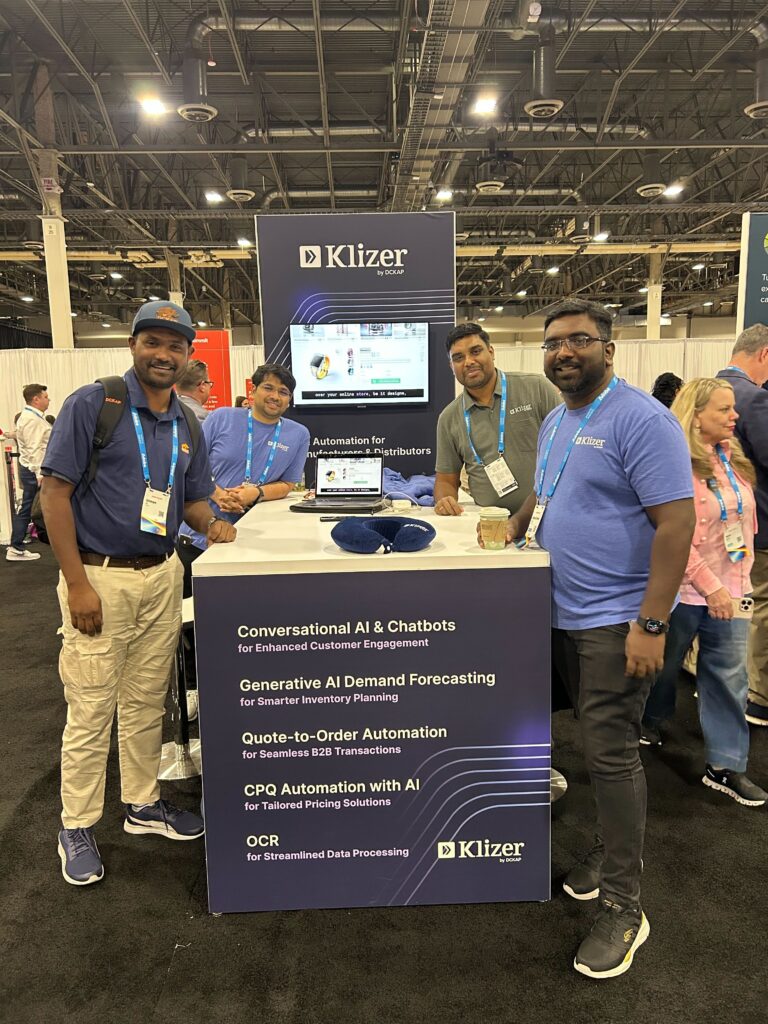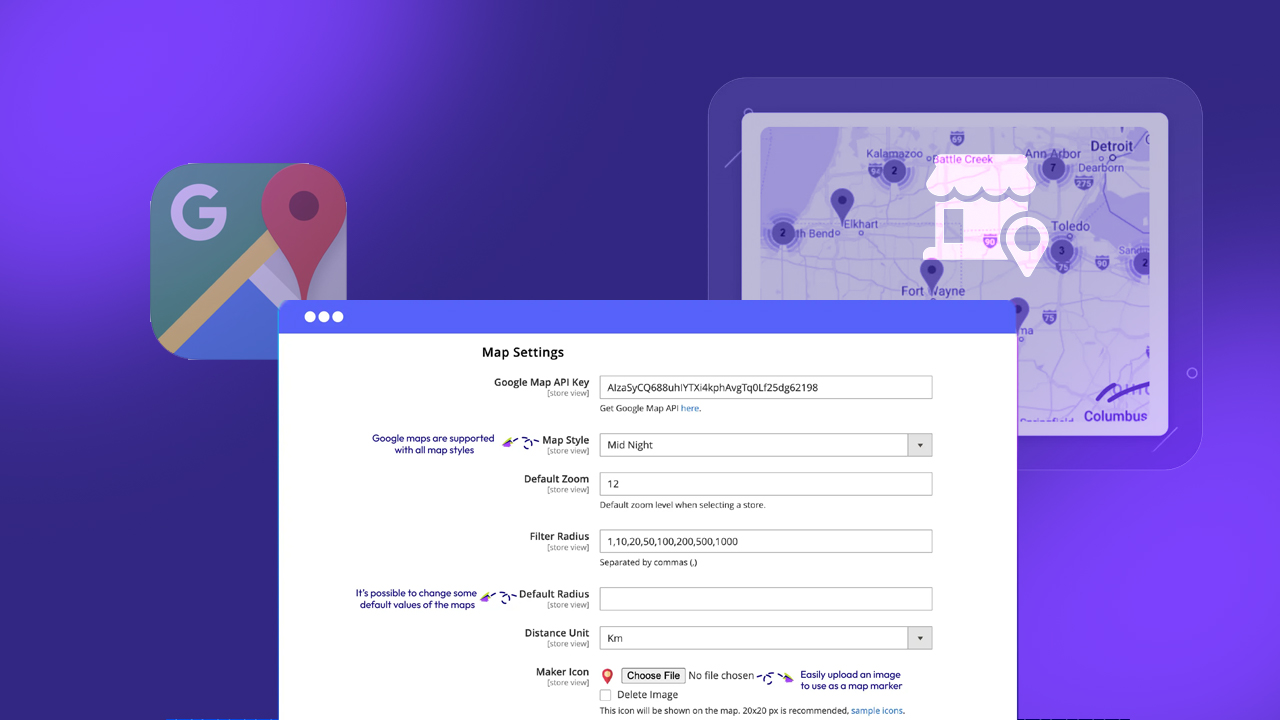Attending Adobe Summit 2025 was a fantastic experience this year. It was held from March 18–20 at the Venetian Convention and Expo Center in Las Vegas. This year’s event was a goldmine of insights, inspiration, and innovation. With over 200 sessions, hands-on labs, and networking opportunities, the summit lived up to its reputation as the digital experience conference.
However, our team’s standout moments were the keynote speaker’s sessions – the importance and highlights of Adobe Commerce, and Adobe’s unmistakable focus on the B2B industry.
Here are the key takeaways that made Adobe Summit 2025 unforgettable.

ON THIS PAGE
The Keynote Sessions: Vision, AI, and Leadership
The keynote sessions kicked off the summit with a bang, setting the tone for three days of forward-thinking discussions. Adobe knows how to blend big-picture vision with practical takeaways and this year was no exception.
- The opening keynote on March 18 featured Adobe’s top brass—CEO Shantanu Narayen and Anil Chakravarthy, President of the Digital Experience Business—alongside luminaries from leading brands.
- Shantanu Narayen took the stage first, painting a vivid picture of the developing digital economy. He emphasized how personalized, AI-driven experiences are no longer optional but essential for businesses to thrive.
His message was clear: companies that connect creativity, data, and technology will lead the charge in 2025 and beyond.
- Anil Chakravarthy followed, diving into Adobe Experience Cloud’s latest innovations, with a heavy nod to generative AI and its role in scaling customer experiences.
AI and Innovations: Upgrading B2B Businesses
The guest speakers were like the cherry on the cake that highlighted the stage even further. From The Coca-Cola Company, Chairman and CEO James Quincey brought a refreshing perspective (pun intended) on modernizing a global giant.
- He shared how Coca-Cola is leveraging Adobe’s tools to connect with 2 billion consumers digitally, using generative AI to churn out hyper-localized content for its 200+ brands.
- Quincey’s vision of a “Minority Report-style” future—where ads feature you—was both futuristic and grounded in Coke’s real-world experiments, like AI-crafted Christmas campaigns.
Not to be outdone, JPMorgan Chase’s Chairman and CEO Jamie Dimon joined Narayen for a fireside chat that had the audience on edge. Dimon, a titan in finance, revealed how his firm’s 2,000-strong AI team is transforming banking with Adobe’s tech. He highlighted use cases like fraud detection and prospecting, noting that AI has slashed client acquisition costs tenfold. His blunt advice?
“AI isn’t just for tech—it’s management’s job to make it DNA.”
Dimon’s push for data ownership (it’s the consumer’s, not the bank’s) earned a roaring applause.
Day two’s keynote continued the momentum, with David Wadhwani, President of Adobe’s Digital Media Business, joining the lineup.
- Fresh off his transformative stint at AppDynamics, Wadhwani highlighted how Adobe is doubling down on SaaS solutions to empower businesses at scale.
- The Sneaks segment—a fan favorite—offered a tantalizing glimpse into Adobe Labs’ latest experiments, including AI-powered commerce tools that had the audience buzzing.
Adobe Commerce: Powering the Future of Digital Trade
If the keynotes set the strategic stage, the sessions on Adobe Commerce brought the hot news we all were waiting for. Adobe Commerce (formerly Magento) has long been a powerhouse for ecommerce, but Summit 2025 showcased its evolution into a flexible, enterprise-grade solution that’s redefining digital trade—especially for B2B.
One session that stood out was “Enhancing Commerce Experiences with Adobe Commerce,” where Adobe experts unpacked the platform’s latest updates. From lightning-fast storefronts powered by real-time customer data to AI-driven merchandising, Adobe Commerce is built to deliver personalized, better shopping experiences. The demo of a Composable Commerce setup—where businesses can mix and match components to suit their needs—showed great potential.
Adobe’s commitment to scalability was pretty impressive with features like advanced GraphQL APIs and improved performance for large product catalogs, Adobe Commerce is designed to handle the complexity of modern digital businesses. If you’re a retailer serving millions of consumers or a wholesaler managing intricate B2B workflows, this platform has the chops to keep up.
Adobe Commerce as SaaS: Flexibility Meets Simplicity
A big highlight was the spotlight on Adobe Commerce as a Software-as-a-Service (SaaS) offering. Adobe Commerce has been known for its on-premises and cloud-hosted flexibility, but the SaaS model is gaining serious traction.
At Summit 2025, Adobe leaned hard into this shift, positioning it as a game-changer for businesses looking to reduce IT overhead while staying agile.
- The SaaS version of Adobe Commerce brings the best of both fields: The robust functionality of the platform with the ease of a fully managed service. Think automatic updates, built-in security, and smooth integrations with Adobe Experience Cloud—all without the hassle of server management.
- A breakout session titled “Adobe Commerce SaaS: Accelerating Time-to-Value” showcased how companies are slashing deployment times and lowering the total cost of ownership. For mid-sized businesses or enterprises with lean IT teams, this could be a tipping point.
The real disclosure? Adobe’s doubling down on AI within the SaaS framework. Features like automated content creation and predictive analytics are baked in, making it easier than creating tailored experiences at scale. It’s not just about selling products—it’s about building relationships, and Adobe Commerce as SaaS is a tool that delivers.
B2B Takes Center Stage at the Summit 2025
Perhaps the most striking theme at Summit 2025 was Adobe’s laser focus on B2B. While B2C often grabs the headlines, Adobe made it clear that B2B is where the growth is, and the numbers back it up.
- In one session, they cited projections that B2B commerce revenue will outpace B2C by five times this year, with 89% of B2B purchases now digitally influenced. That’s a wake-up call for anyone still treating B2B as an afterthought.
Adobe Commerce is at the heart of this push. Sessions like “Debunking B2B Commerce Myths” (featuring a case study from Univar Solutions) showcased how the platform tackles complex B2B requirements—think multi-tier pricing, buyer-specific workflows, and integrated procurement tools.
Another gem was “How a Global B2B Company Expanded Customer Engagement with Gen AI,” where a speaker walked us through using Adobe’s AI to personalize B2B journeys.
- The takeaway? B2B buyers expect the same slick, tailored experiences as consumers, and Adobe is equipping businesses to deliver.
- This wasn’t just lip service. Adobe rolled out new B2B-specific enhancements to Commerce, including data connectors for unified customer profiles and flexible company management features.
For B2B marketers and IT leaders, these updates signal Adobe’s intent to dominate this space. It’s not just about transactions—it’s about fostering long-term partnerships, and Adobe gets that.
Final Thoughts: Post-Event Highlights of Adobe Summit 2025
Adobe Summit 2025 was a whirlwind of ideas, tech, and connections. The keynotes—led by Narayen, Chakravarthy, Wadhwani, Oleksiw, and East—set an ambitious tone, blending vision with actionable insights.
Adobe Commerce emerged as a star player, with its SaaS evolution and B2B focus stealing the show. For our team, the event was a reminder of why Adobe remains a leader in the digital experience game: they’re not just keeping up with trends—they’re setting them.
If you missed it, the online sessions are still available on demand, and we highly recommend checking out the commerce and B2B tracks.
As we reflect on my time in Vegas, one thing’s clear: whether you’re in B2B or B2C, Adobe’s tools are seeking the way for smarter, more connected digital experiences.






